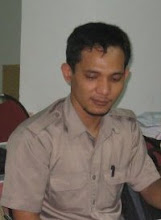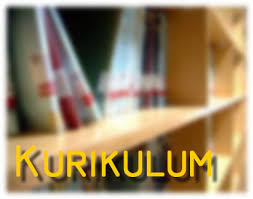Nosebleeds
Common in kids ages 3 to 10 years, nosebleeds often stop on their own and can betreated safely at home.
What to Do:
Stay calm and reassure your child.
Sit your child upright in a chair or in your lap and have your child tilt his or her head slightly forward. Gently pinch your child's nose (just below the bony ridge) with a tissue or clean washcloth. Keep pressure on your child's nose for about 10 minutes; if you stop too soon, bleeding may start again. It may also help to apply ice wrapped in a paper towel. Do not have your child lean back. This may cause blood to flow down the back of the throat, which tastes bad and may initiate gagging, coughing, or vomiting. Have your child to rest for a while after a nosebleed. Discourage blowing, picking, rubbing, and any rough play.
Call your child's doctor if your child:
has frequent nosebleeds may have put something in his or her nose tends to bruise easily has heavy bleeding from minor wounds or bleeding from another place, such as the gums recently started taking new medicine
Seek emergency medical care or call your child's doctor if bleeding:
is heavy, or is accompanied by dizziness or weakness is the result of a fall or blow to the head continues after two attempts of applying pressure for 10 minutes each
Preventing Future Nosebleeds
Most nosebleeds are caused by zealous blowing or picking, or a blow to the nose during rough play. In the wintertime, especially, if your child's bed is near a heater, the membranes inside the nose can become dried and itchy, causing your child to pick at his or her nose and further irritate the nasal tissue. Colds, other viruses, and allergies may also irritate the lining of the nose.
To help prevent your child from getting nosebleeds:
Keep your child's nails short to prevent picking.
Keep the inside of your child's nose moist with saline nasal spray or dab petroleum jelly gently around the opening of the nostrils. Humidify your child's room with a vaporizer (or humidifier) if the air in your home is dry. You can buy a cool mist or hot steam (also called warm mist) model. If you go with the hot steam kind, make sure to keep it out of your child's reach to avoid scalding. It's also important to keep vaporizers clean to prevent mildew. Make sure your child wears protective athletic equipment when participating in sports that could cause injury to the nose. Even when taking proper precautions, your child may still get a bloody nose occasionally. But the next time your child gets a nosebleed, try not to panic. They're usually harmless and are almost always easy to stop.



 Twitter
Twitter



